The Ultimate Guide to Choosing the Best Paint Colors for Small Rooms: Expanding Your Space with Color With great pleasure, we will explore the intriguing topic related to The Ultimate Guide to Choosing the Best Paint Colors for Small Rooms: Expanding Your Space with Color. Let’s weave interesting information and offer fresh perspectives to the readers. Choosing the right furniture can completely transform a space. Whether you’re looking for a contemporary aesthetic or a classic feel, there are endless options to suit your style. Consider factors such as size, material, and hue when making your selections.
The Ultimate Guide to Choosing the Best Paint Colors for Small Rooms: Expanding Your Space with Color
:max_bytes(150000):strip_icc()/olgaadlerlightpewter1-56d3eca13df78cfb37d5385e.jpg)

Introduction
The color of your walls can have a profound impact on the perceived size of your room. Choosing the right paint color for a small room can make it feel larger, brighter, and more inviting. In this comprehensive guide, we’ll delve into the world of color theory and explore the best paint colors for small rooms, empowering you to transform your cozy space into a visually expansive haven.
Understanding Color Theory for Small Rooms
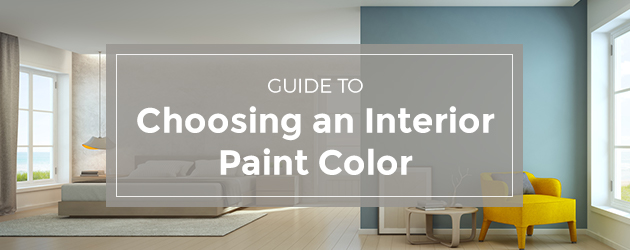
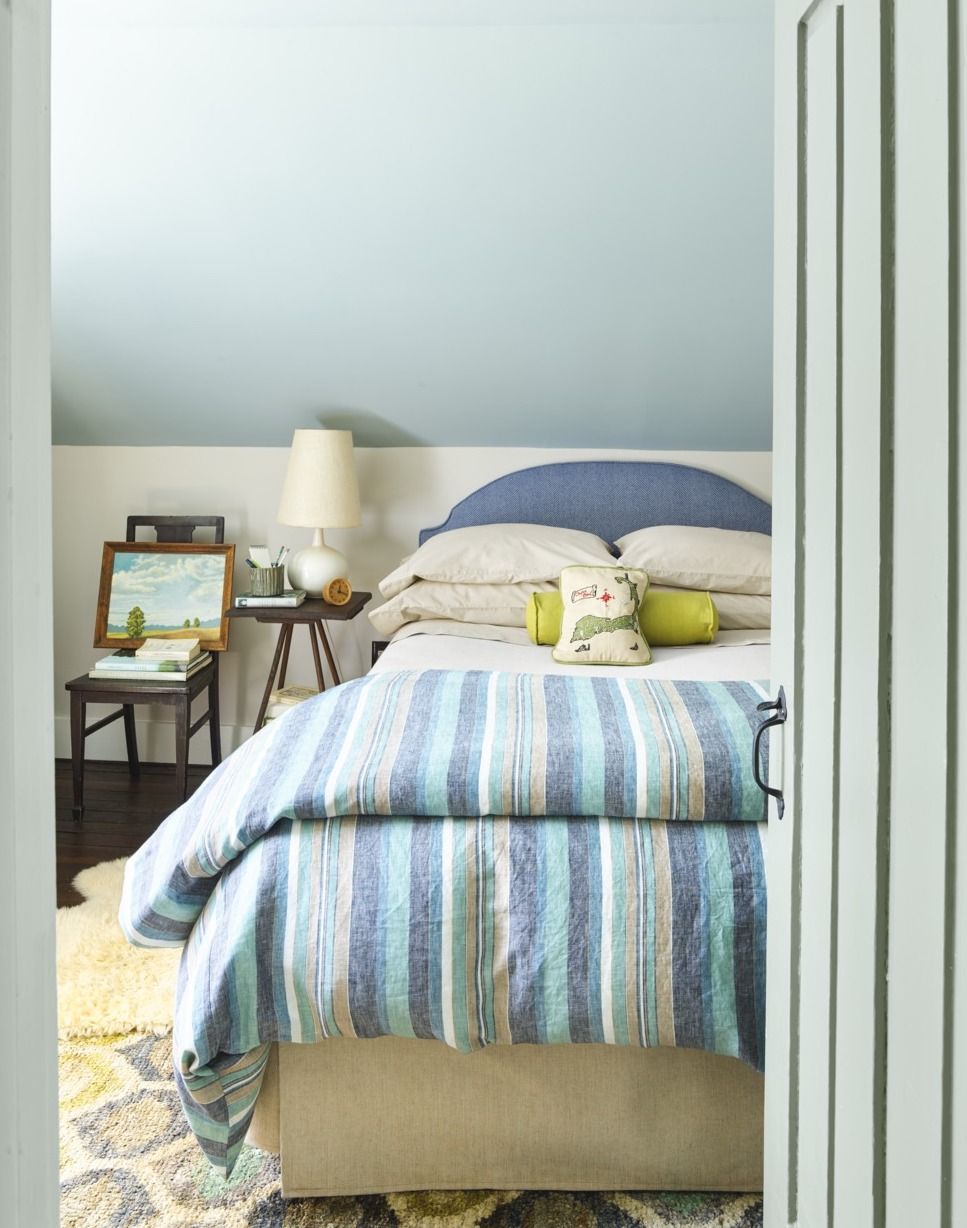
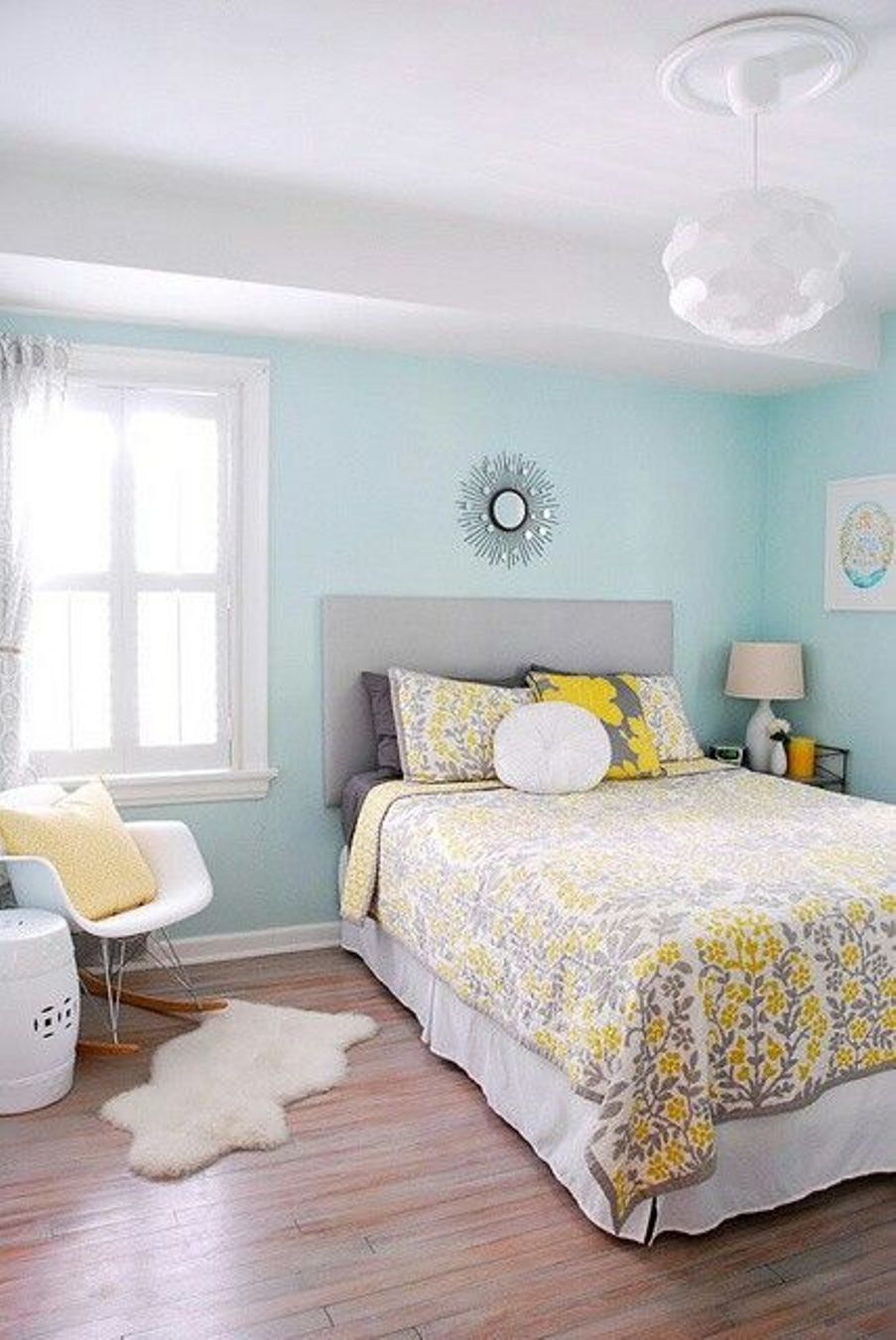
Color theory is the study of how colors interact with each other and affect our perception of space. When choosing paint colors for small rooms, it’s crucial to consider the following principles:
1. Light Colors Expand, Dark Colors Contract: Light colors, such as white, beige, and pastels, reflect more light, making the room appear larger. Dark colors, on the other hand, absorb more light, visually shrinking the space.

2. Cool Colors Advance, Warm Colors Recede: Cool colors, such as blue, green, and purple, create a sense of depth and make walls appear further away. Warm colors, such as red, orange, and yellow, bring walls closer, making the room feel smaller.
3. Use Contrasting Colors Sparingly: While contrasting colors can add visual interest, using them excessively in small rooms can create a cluttered and overwhelming effect. Limit contrasting colors to accent walls or small decorative elements.

Pain Points of Ideal Customers with Small Rooms
Before selecting paint colors, it’s essential to understand the key pain points of your ideal customers with small rooms:
1. Perceived Lack of Space: The primary concern for customers with small rooms is the feeling of limited space. They desire colors that create an illusion of spaciousness.

The Ultimate Guide to Choosing the Best Paint Colors for Small Rooms: Expanding Your Space with Color Space-saving pieces are perfect for small spaces. Look for versatile items like sofa beds that can serve multiple purposes.
Stay ahead of the design trends with our curated selection of contemporary furniture. From sleek minimalist designs to cozy boho-chic styles, we have something for everyone. Investing in high-quality pieces is a wise choice. Look for well-crafted items made from sustainable materials that will last for years to come.
2. Poor Lighting: Small rooms often lack natural light, making them appear even smaller. Customers seek colors that reflect light and brighten the space.
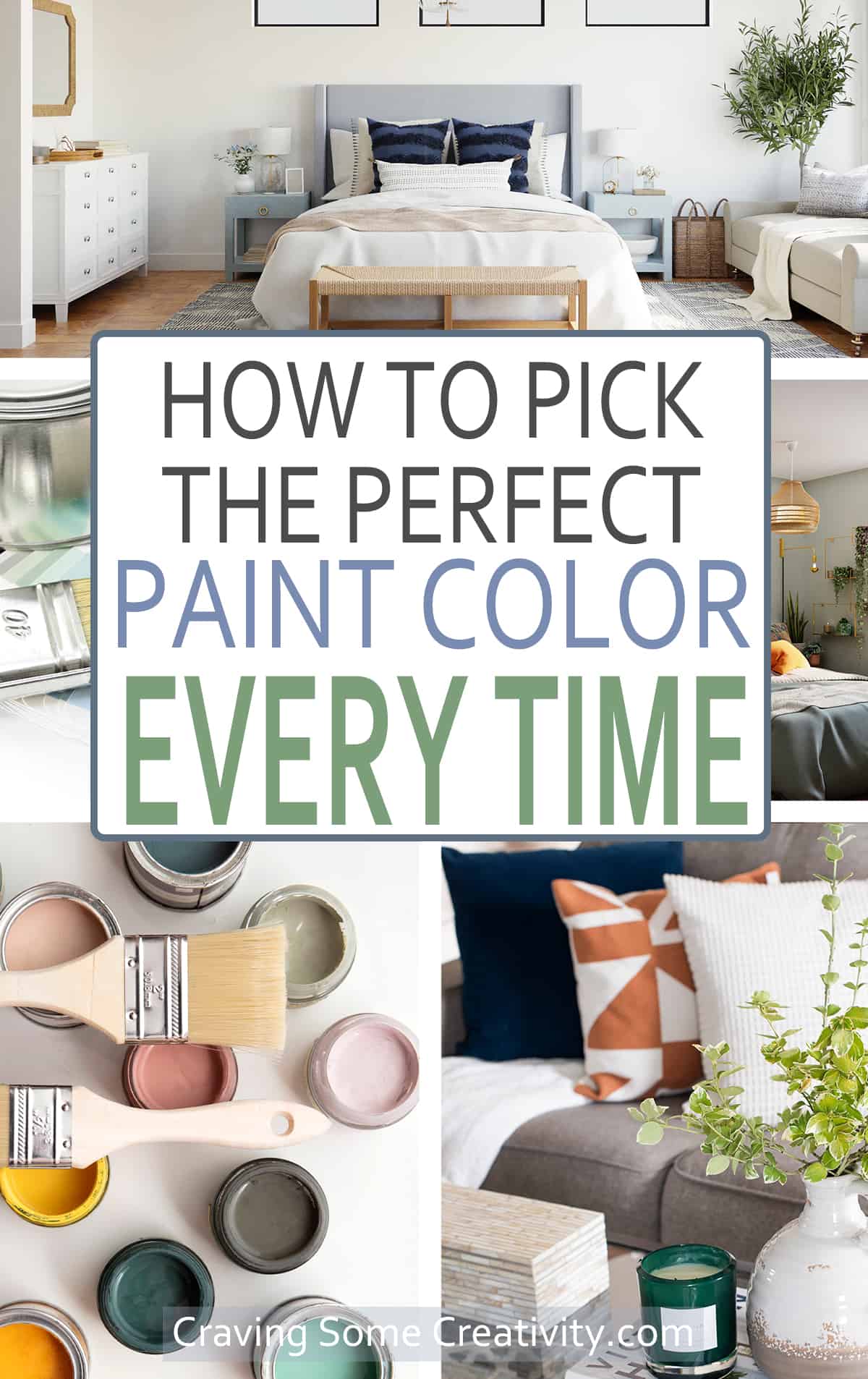
3. Cluttered Appearance: Small rooms can easily become cluttered, making them feel cramped. Customers need colors that minimize visual clutter and create a sense of order.
Best Paint Colors for Small Rooms
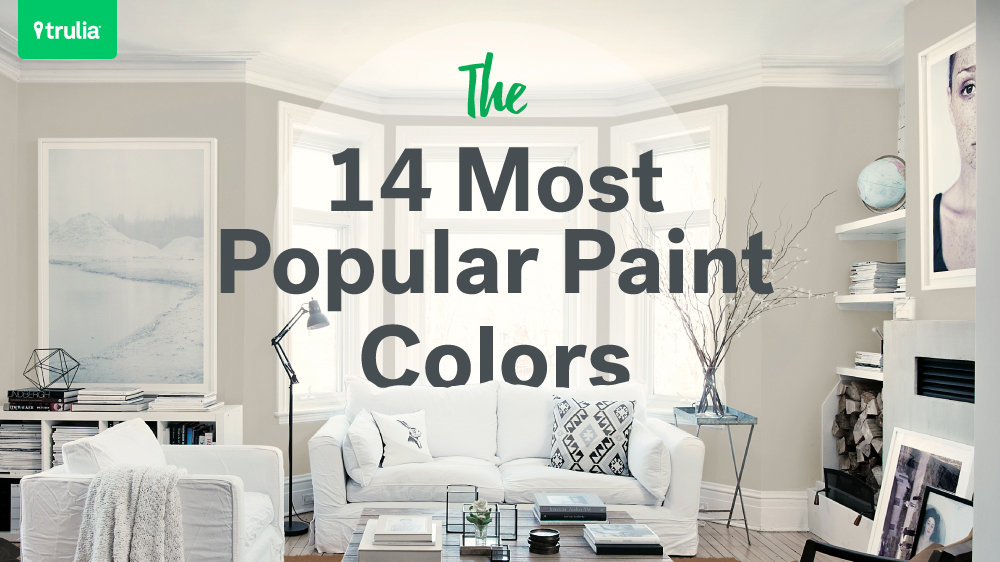
Now, let’s explore the best paint colors for small rooms, categorized by color family:
1. Whites: White is the ultimate space-expanding color. It reflects all wavelengths of light, making the room feel larger and brighter. Consider shades like Pure White, Chantilly Lace, or White Dove.

The Ultimate Guide to Choosing the Best Paint Colors for Small Rooms: Expanding Your Space with Color Investing in high-quality furniture is a wise choice. Look for well-crafted items made from sustainable materials that will last for years to come.
2. Beiges: Beiges are warm and inviting neutrals that create a cozy yet spacious atmosphere. Opt for shades like Accessible Beige, Manchester Tan, or Repose Gray.
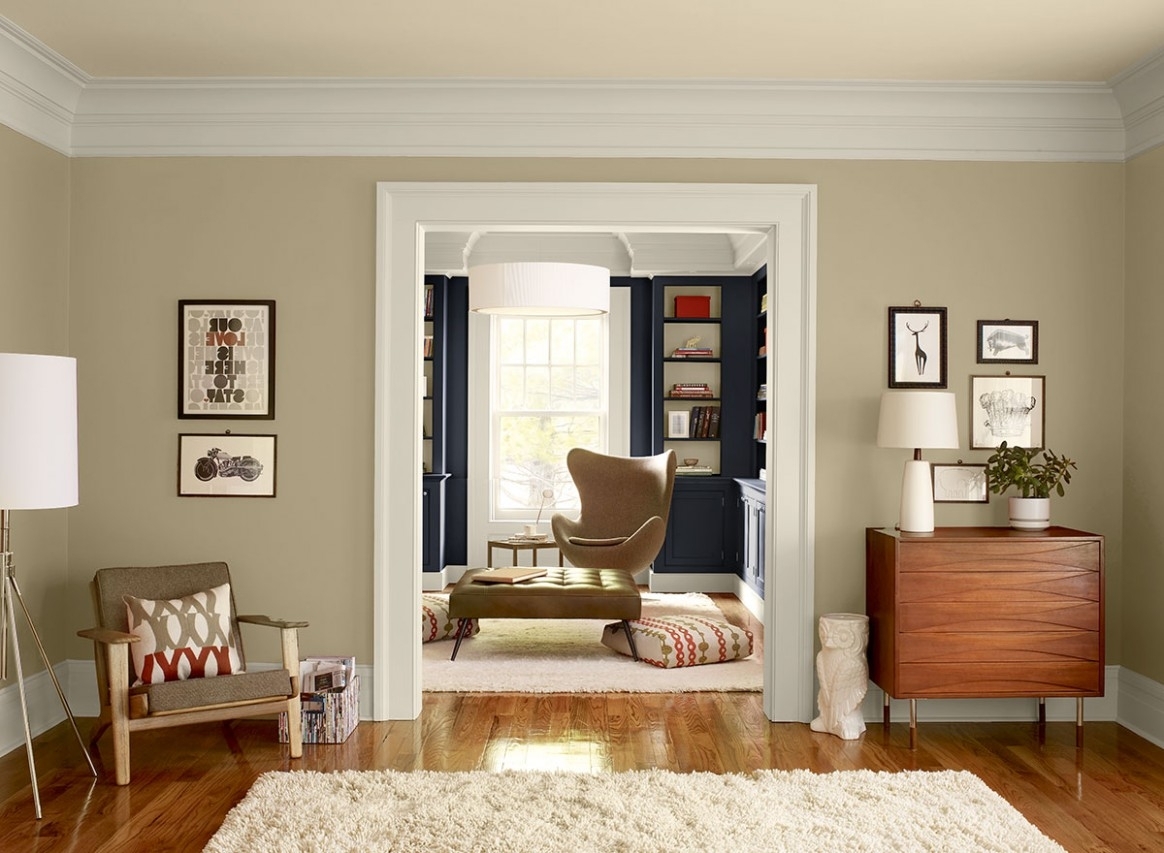
3. Pastels: Pastels are soft, muted shades that add a touch of color without overwhelming the space. Consider hues like Baby Blue, Soft Pink, or Lavender.
4. Light Grays: Light grays offer a subtle contrast to white without sacrificing spaciousness. Try shades like Silver Strand, Gray Owl, or Stonington Gray.
:max_bytes(150000):strip_icc()/stephan_jones_small-56d3efa95f9b5879cc8def1c.png)



5. Blues: Light blues, such as Sky Blue, Palladian Blue, or Hale Navy, create a calming and expansive effect. They make walls appear further away and add a touch of serenity.
6. Greens: Light greens, such as Sherwin-Williams’ Sea Salt or Benjamin Moore’s Greenbrier, evoke a sense of nature and tranquility. They create a refreshing and airy ambiance.

7. Yellows: Pale yellows, like Buttercup or Lemon Twist, add a touch of warmth and cheer to small rooms. Use them sparingly to avoid overwhelming the space.
Q&As on Best Paint Colors for Small Rooms

1. Can I use dark colors in a small room?
Yes, but sparingly. Use dark colors on an accent wall or for small decorative elements to add depth and visual interest without making the room feel smaller.
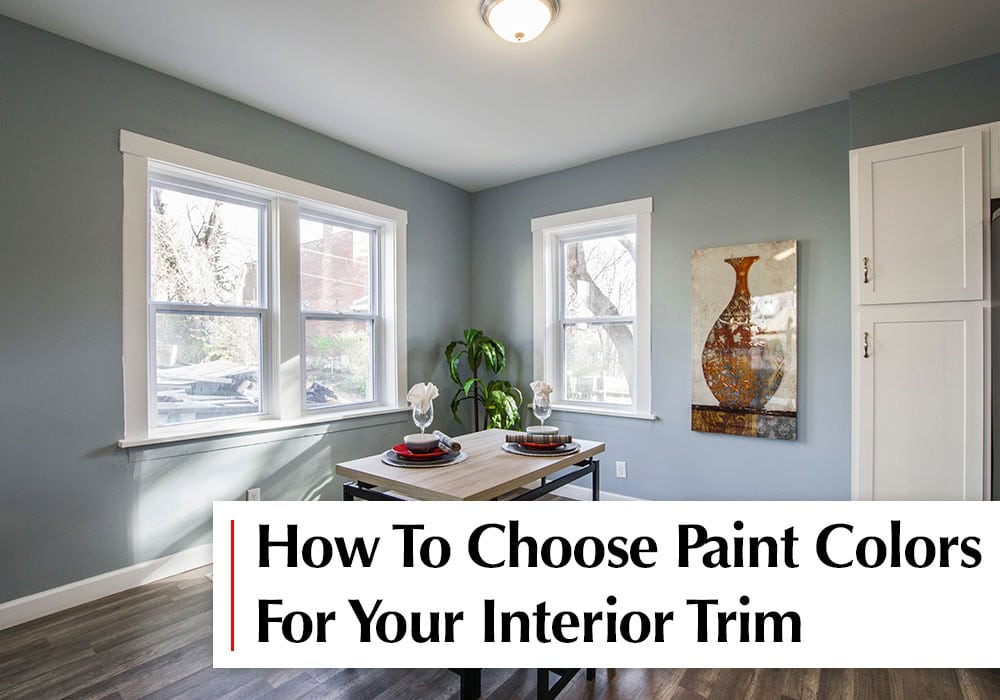
2. How do I choose the right shade of white for my small room?
Consider the natural light in the room. If it’s well-lit, choose a bright white like Pure White. For rooms with less natural light, opt for a warmer white like Chantilly Lace.

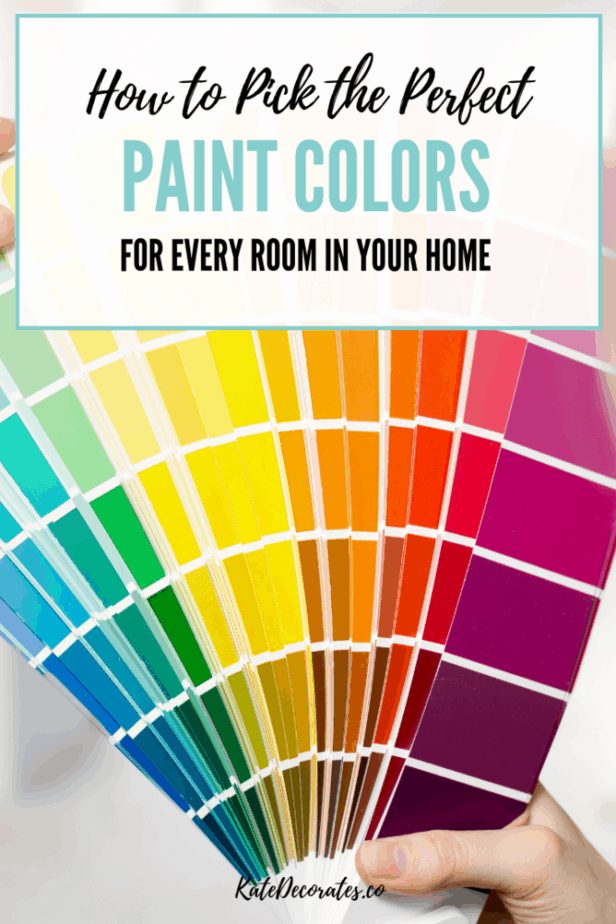


3. Can I paint my ceiling a different color?
Yes, painting the ceiling a lighter color than the walls can create an illusion of height and make the room feel larger. Consider using a shade of white or a light pastel.

4. How do I use contrasting colors in a small room?
Limit contrasting colors to small areas, such as accent walls or decorative items. Use them to add visual interest without overwhelming the space.
5. What’s the best way to minimize visual clutter in a small room?
Choose light colors and avoid using too many patterns or textures. Keep furniture and accessories to a minimum and opt for multi-functional pieces that serve multiple purposes.
Conclusion
Choosing the right paint color for a small room is an art form. By understanding color theory and considering the key pain points of your ideal customers, you can transform your cozy space into a visually expansive haven. Remember, light colors expand, cool colors advance, and contrasting colors should be used sparingly. Embrace the power of color to create a sense of spaciousness, brighten your room, and minimize visual clutter. Your small room will feel larger, brighter, and more inviting, allowing you to enjoy your space to the fullest.
Closing Statement
In the realm of interior design, color is a transformative force, capable of shaping our perception of space. By choosing the best paint colors for small rooms, you unlock the potential to expand your space visually, create a sense of tranquility, and elevate your living experience. Embrace the principles of color theory and experiment with the hues that resonate with your style and needs. Your small room will become a sanctuary of comfort, beauty, and limitless possibilities.
Your furniture should reflect your lifestyle. If you love to entertain, consider investing in a sectional sofa. For those who work from home, a home office set is essential. Thus, we hope this article has provided valuable insights into The Ultimate Guide to Choosing the Best Paint Colors for Small Rooms: Expanding Your Space with Color. We hope you find this article informative and beneficial. See you in our next article!
